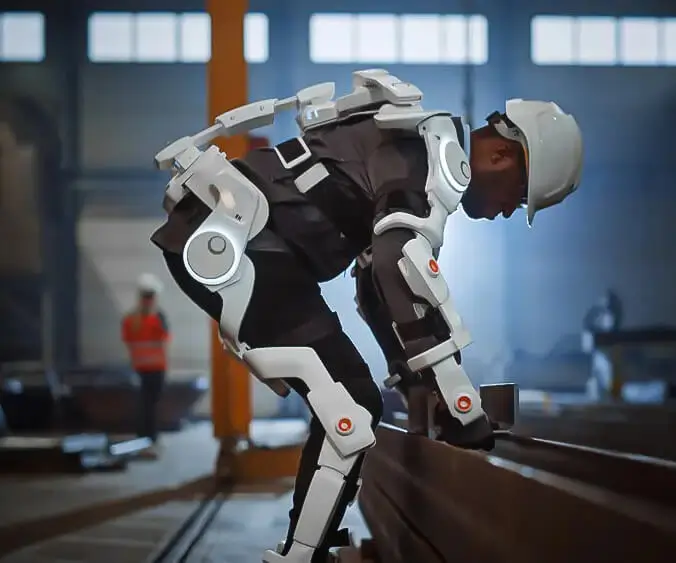The Dynamic Evolution of Servomotors — Meeting the Demands of Modern Automation
In an era where technological innovation continuously propels industries forward, the marvels of robotics and automation stand out as transformative forces across manufacturing, entertainment, healthcare, and even everyday consumer electronics. At the heart of this revolution lies the humble but mighty servomotor—an essential component that translates control signals into precise physical movement.

Traditionally, servomotors have been known for their ability to perform specific angular movements, often limited to a fixed range such as 180 degrees. However, the design and capabilities of servomotors have evolved significantly, especially with the advent of 360-degree servomotors. These devices, capable of continuous rotation, offer a compelling option for applications that demand unrestricted movement, seamless rotation, and adaptive control.
One of the key advancements in this space is the integration of motion sensors into 360-degree servomotors. Motion sensors—like accelerometers, gyroscopes, or proximity sensors—bring a layer of intelligence to these motors, enabling them to react to environmental changes, user inputs, or system feedback in real-time. This fusion of mechanical flexibility with electronic awareness unlocks a new realm of possibilities, particularly suited for robotics and interactive systems.
What Makes a 360-Degree Servomotor with Motion Sensor a Game-Changer?
Imagine a robot arm that can rotate endlessly without losing position or encountering limits that restrict its movement. Now, add a motion sensor that can detect the slightest tilt, vibration, or proximity change, allowing the robot to adapt its behavior dynamically—whether to avoid obstacles, maintain balance, or interact safely with humans. That’s the kind of breakthrough a 360-degree servomotor with motion sensing offers.
Unlike traditional servo motors, which rely on set positional commands, these advanced devices can provide continuous rotation, meaning they can spin endlessly in either direction. This feature is especially vital for applications like pan-and-tilt camera systems, robotic joints, or conveyor belt rotations, where freedom of movement enhances performance and flexibility.
Incorporating sensors amplifies the versatility further. With motion sensing, the motor can automatically adjust its speed, direction, or torque based on environmental stimuli. For example, a surveillance camera with a 360-degree servo motor and motion detector can automatically follow moving objects or switch its focus based on detected activity, ensuring smarter monitoring systems that require less manual intervention.
The Intersection of Mechanical Precision and Intelligent Sensing
The marriage between mechanical versatility and electronic intelligence is more than just a manufacturing trend—it’s redefining how devices think and respond. For example, in a robotic dancer, the movement must be fluid, unrestricted, and responsive to commands or external cues like sound or human presence. A 360-degree servo motor with sensors can enable such movements with astonishing smoothness and responsiveness, creating more lifelike, interactive interactions.
In industrial automation, these motors facilitate more adaptable conveyor systems, turning machines, or robotic arms that need to operate seamlessly in complex environments. Sensors detect real-world variables—like object proximity or vibration—allowing the machinery to adapt instantly, enhancing safety and efficiency.
Environmental Adaptability and Safety: The Hidden Benefits
Safety is one of the often-overlooked perks of integrating motion sensors into 360-degree servomotors. In collaborative robots ("cobots") working alongside humans, the ability to sense human presence and adjust movement accordingly can prevent accidents and injuries. Conversely, in delicate environments like laboratories or medical settings, such sensors prevent unintended contact or movement, reducing the risk of cross-contamination or equipment damage.
Furthermore, environmental adaptability extends to outdoor or rugged settings where lighting, weather, and obstacles vary unpredictably. A sensor-equipped servomotor can help devices recalibrate or adapt in real time, ensuring continuous operation even under less-than-ideal circumstances.
Design and Application Trends for 360-Degree Servomotors with Sensors
The development trajectory of these motors shows a trend towards miniaturization, energy efficiency, and incorporation of smart features. Compact, lightweight designs are expanding their use in consumer gadgets, drones, and wearable tech, where space and power are limited.
Augmented with wireless communication modules and AI-driven control algorithms, these servomotors are set to become key components in the Internet of Things (IoT) ecosystem. An example could be a smart security drone that patrols an area, adjusting its position based on environmental sense data, or an interactive art installation that responds to audience movement with fluid, unrestricted motion.
Challenges and Opportunities
Despite their promise, 360-degree servomotors with integrated sensors face challenges such as power consumption, data processing demands, and environmental robustness. Addressing these through improved battery technology, sensor calibration, and protective enclosures will be crucial for widespread adoption.
However, the opportunities are vast. Industries from entertainment to aerospace are keenly exploring how these motors can enable more autonomous, adaptive, and resilient systems. As sensor and motor technologies continue to advance, expect a future where machines are not just tools but intelligent partners capable of nuanced, continuous movement—perfectly aligned with the dynamic world they operate in.
Part 2 will continue to explore specific applications, emerging innovations, and future prospects for servomotor de 360 con sensor de movimiento. Stay tuned for a deep dive into real-world examples, technological breakthroughs, and what this all might mean for the future of interactive technology.
Kpower has delivered professional drive system solutions to over 500 enterprise clients globally with products covering various fields such as Smart Home Systems, Automatic Electronics, Robotics, Precision Agriculture, Drones, and Industrial Automation.




































